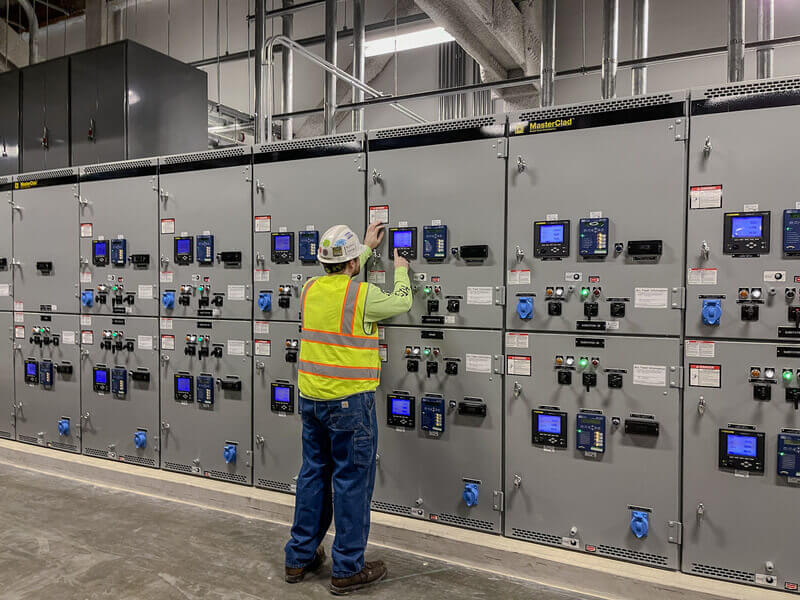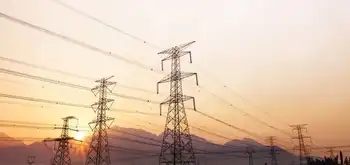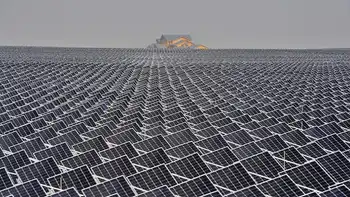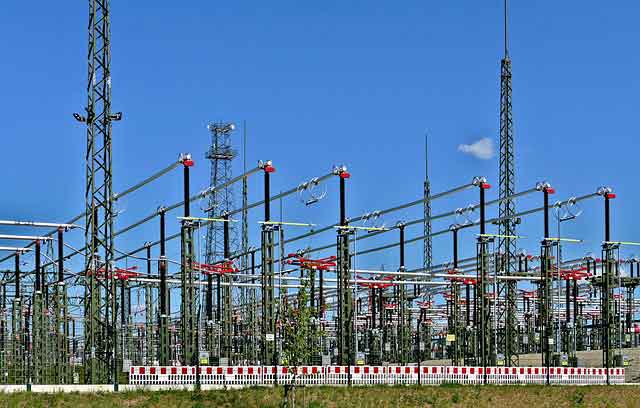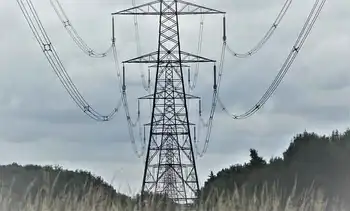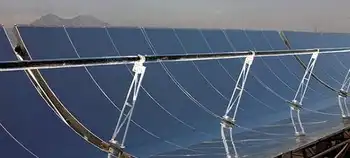Nuclear industry footprint expanding
By Business Edge
Protective Relay Training - Basic
Our customized live online or in‑person group training can be delivered to your staff at your location.

- Live Online
- 12 hours Instructor-led
- Group Training Available
Bruce Power's plan to expand beyond Ontario into Alberta coincides with newly announced bans on uranium exploration and mining in B.C. and some First Nations territories in Labrador.
"We firmly believe that, in terms of meeting the ongoing demands for energy in the future, you can't close down any option," says Carmen Dybwad, president of the Calgary-based Energy Council of Canada. "Certainly, looking at nuclear is a viable option."
Canada is the world's largest uranium producer. Ontario is the lone province with nuclear reactors, while only Saskatchewan has uranium mines.
But strong commodity prices and several planned and proposed new U.S. reactors have prompted a flurry of new uranium claims across the country in recent years.
Bruce Power - a private nuclear generator that is a partnership among Cameco Corp., TransCanada Corp. and BPC Generation Infrastructure Trust - is trying to bring the mothballed Bruce Power A plant near Kincardine back into operation and also build a new facility at the same site.
Ontario Hydro shut down the Bruce A plant in 1997 after a government report called the utility's nuclear-safety operations "minimally acceptable," but the company is now attempting to restart its operation. The Bruce B generating station shares the same 2,300-acre site as Bruce A. Each holds four Candu reactors.
Company spokesman Steve Cannon says nuclear energy provides a reliable, more affordable alternative - and does not generate any greenhouse gases - at a time when Canada and other jurisdictions are seeking secure electricity supplies that do not contribute to climate change.
Lyle Krahn, a spokesman for Saskatoon-based Cameco - the world's largest uranium producer, which has stakes in six reactors, including about a third of the Bruce B plant - says nuclear becomes more favourable when considering the range of alternatives to fossil fuels.
"As the (fuel) price has gone up, and there's a renewed interest in the effects of climate change and global warming, people increasingly see nuclear as part of the mix that's required for the future," says Krahn.
Still, many groups, ranging from Greenpeace to the Green Party, remain strongly opposed to nuclear power and uranium mining. In early May, Support Citizens Against Radioactive Emissions New Brunswick called for a ban on uranium mining in that province.
However, a new group, Citizens for Bruce C, wants the Ontario government to put a proposed new reactor at the existing Bruce site.
Bruce's proposal for up to four reactors in the Peace River region in Alberta has prompted the provincial government to set up a panel to examine nuclear's potential in the oil-and-gas-rich province.
Bruce says its proposed facilities in Alberta will help the province meet an additional 5,000 kilowatts (KW) of demand by 2017 and an extra 11,500 KW required by 2027.
The energy council's Dybwad says the panel is "a reasonable approach" that will provide an atmosphere where people can discuss nuclear's benefits, burdens and costs.
But environmental groups have accused the panel, headed by former federal cabinet minister Harvie Andre, of being pro-nuclear.
Cannon says the Alberta panel will separate the facts from rhetoric about nuclear facilities.
"Nuclear is a new technology to Alberta and people aren't familiar with it like they are here in Ontario, where it's been part of the generation profile for many, many years," says Cannon.
The Alberta reactors, which he says will cost $10-$13 billion, might have implications in the oilsands, where a spate of new projects over the next decade is expected to drastically increase power demand.
Oilsands producers have traditionally relied on gas-fired co-generation plants, which are becoming too expensive as commodity prices hover around record levels and Canada wrestles with domestic environmental regulations and Kyoto protocol requirements.
George Leary, president and CEO of B.C.-based Bayswater Uranium Corp., says nuclear plants designed to serve the oilsands make sense, because they offer a significant reduction in carbon-dioxide emissions and they would spare the cost of carbon- sequestration technology, which has yet to be widely adopted by industry.
But Patrick Donnelly, a uranium-mining analyst with Toronto-based Salman Partners, questions whether the Alberta facilities will be built.
"People seem to think nuclear energy is the panacea to the world's energy problems," says Donnelly. "It is very expensive."
An average 1,000-megawatt (MW) power plant costs approximately $3 billion. Regulatory approvals and construction take almost 11 years.
"If we do see it, I think it's going to be way down the road," he says. "I'd just like to see who's going to pay for it. I think that's the crux of the problem. Try to find a bank that's going to underwrite $3 billion for a project that may get running 11 years from now."
Alberta's proposed nuclear plants raise questions about the need for the B.C. government's proposed $5-$6.6-billion Site C hydroelectric dam along the Peace River, which would be located just across the provincial boundary from the reactors.
However, the B.C. government's ban on uranium mining and refusal to adopt nuclear could deter more electricity trade between the provinces.
Meanwhile, the Inuit self-governing region of Nunatsiavut in Labrador has imposed a three-year moratorium on mining and milling on its land, which had an immediate effect as several companies saw their stock prices fall last month.
Vancouver-based Aurora Energy Resources saw its share price drop almost in half to $1.77 from $3.50 and $130 million in market value disappear - in one day - in April as more than 3.3 million shares changed hands on the Toronto Stock Exchange. But Donnelly, a former geologist who worked with the Inuit, notes exploration is still allowed in the region and predicts the First Nation will eventually allow mining once it better understands the market.
"Everywhere we go, people have misconceptions about uranium, and there's going to be a fair amount of negative backlash once you start talking about feasibility and production," says Bayswater's Leary, who saw his firm's share price drop even though its Labrador operations are outside Inuit territory.
Other explorers and producers have also been hit by technical problems that are slowing production.
For example, Cameco's long- delayed Cigar Lake mine project in northern Saskatchewan is shut down until 2011 because of water problems. The company is in the process of dewatering, or permanently sealing the mine from ground water, and fully intends to open it, says Cameco spokesman Krahn.
Meanwhile, Stephen Stanley, president and CEO of Vancouver-based junior uranium firm Hathor Exploration, says the strength of the current cycle of high oil, gas and uranium prices will determine whether more reactor projects are started within three to five years.
"But over the long term, over the next 15-20 years, (nuclear) is probably the direction that Canada has to go," he says.






